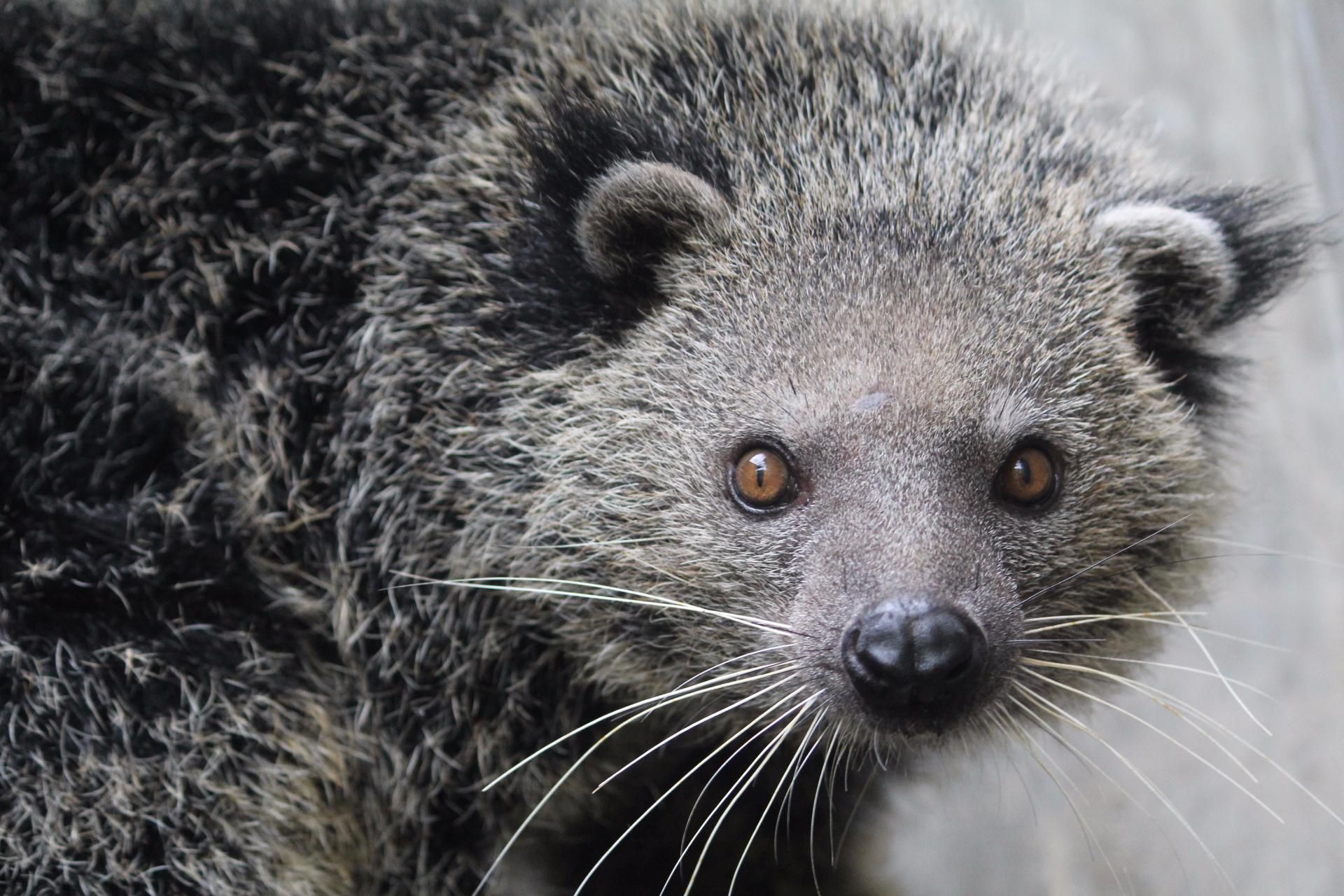The Secret Keeper of the Forest: Why Preserving the Binturong is Essential
Nestled among the lush greenery of the forest dwells a remarkable creature, the binturong, known for its cryptic nature and vital role in the delicate ecosystem it calls home. This enigmatic mammal, with its distinctive appearance and unique behaviors, holds a key to the intricate balance that sustains the biodiversity of its habitat. Yet, the binturong faces increasing threats to its survival, highlighting the urgent need for conservation efforts to ensure its continued existence in the wild.
Often referred to as the 'bearcat' for its resemblance to the two animals, the binturong occupies a niche that is irreplaceable within its ecosystem. With its omnivorous diet and arboreal habits, this elusive creature plays a crucial role in seed dispersal, aiding in the regeneration of the forest and promoting overall ecological health. However, habitat loss, poaching, and other human-induced pressures have placed the binturong at risk, underscoring the importance of safeguarding this species and the intricate web of life it supports.
Importance of Binturongs in Ecosystem
Binturongs play a crucial role in maintaining the balance of their natural habitat. As omnivores, they help regulate insect populations by feeding on a variety of insects, contributing to pest control and overall ecosystem health. Their presence in the forest ecosystem plays a significant role in controlling insect populations and promoting biodiversity.
Additionally, the binturong's diet includes a selection of fruits, which contributes to seed dispersal in the forest. By consuming fruits and later excreting the seeds elsewhere, binturongs aid in the regeneration of plant species, helping to maintain the diverse plant communities within their habitat. This seed dispersal process is essential for the growth and sustainability of various plant species in the ecosystem.
Furthermore, binturongs are important indicators of the overall health of the forest ecosystem. Their population trends can reflect changes in the environment, such as deforestation or habitat destruction. By monitoring binturong populations, researchers and conservationists can gain valuable insights into the state of the ecosystem and take necessary actions to protect not just the binturongs themselves but the entire ecosystem in which they play a vital role.
Threats to Binturong Population
Binturongs face several threats to their population due to habitat loss, primarily caused by deforestation for agriculture and logging activities. As their forest homes are cleared, binturongs struggle to find suitable habitats for food and shelter, leading to a decline in their numbers.
In addition to habitat loss, binturongs are also threatened by illegal hunting and poaching for their fur, meat, and traditional medicine purposes. This unsustainable hunting pressure further exacerbates the decline in binturong populations, pushing them closer to the brink of extinction.
Moreover, the pet trade poses a significant threat to binturongs as they are often captured and sold into the exotic pet market. This not only disrupts wild populations but also subjects these animals to living conditions that are unsuitable for their physical and psychological well-being.

Conservation Efforts
Currently, numerous organizations are dedicated to safeguarding the binturong's population. These groups work tirelessly to raise awareness about the threats facing these unique creatures and collaborate with local communities to implement conservation measures. Through education initiatives and habitat restoration projects, they strive to ensure the binturong's habitats remain protected and sustainable for future generations.
One significant focus of conservation efforts is addressing the illegal wildlife trade, which poses a severe threat to the binturong's survival. By strengthening law enforcement and enhancing anti-poaching measures, conservationists are working to combat the rampant illegal trafficking of binturongs and reduce the demand for their parts and products. Moreover, promoting ethical tourism practices and responsible wildlife viewing helps mitigate human disturbances in the binturong's natural habitats.
In addition to protective actions on the ground, researchers are conducting vital studies to better understand binturongs' behavior, ecology, and conservation needs. By gathering valuable data on these elusive animals, scientists can provide valuable insights to inform conservation strategies and ensure more effective protection measures are put in place to secure the binturong's future in the wild.